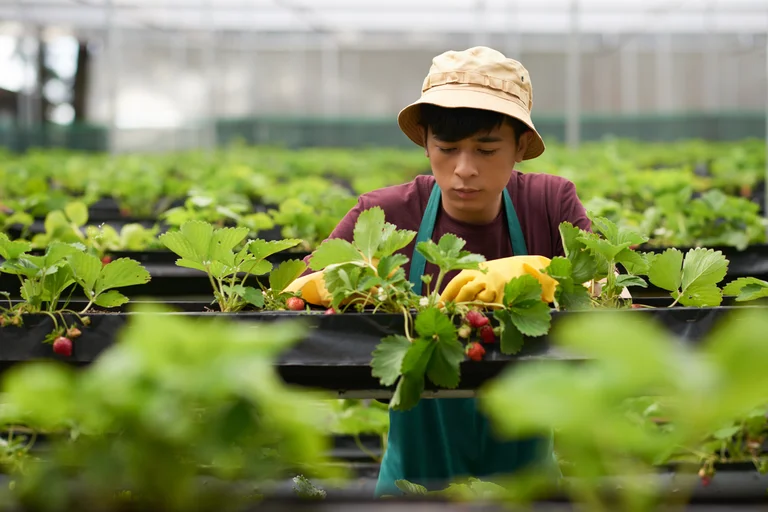
New Styles Of Terrace Farming For Urban Gardeners 7 Creative Ideas
Urban rooftops are turning into green spaces as more people embrace terrace farming. It’s not just about growing vegetables; it’s about making the most of small spaces, money, & living sustainably in the city. Terrace farming offers many ways to transform unused rooftops into productive gardens, & new styles are making it easier than ever for urban gardeners to get started. From vertical systems to hydroponics, these methods fit perfectly into modern city living.
7 Creative Terrace Farming Styles for Urban Gardeners
1. Hydroponic
2. Vertical
3. Aquaponic
4. Container and Modular
5. Greenhouse
6. Bench
7. Smart Farming with IoT
Let’s learn seven new styles of terrace farming for urban gardeners that are revolutionizing the way food is grown in cities.
1. Hydroponic Terrace Farming:
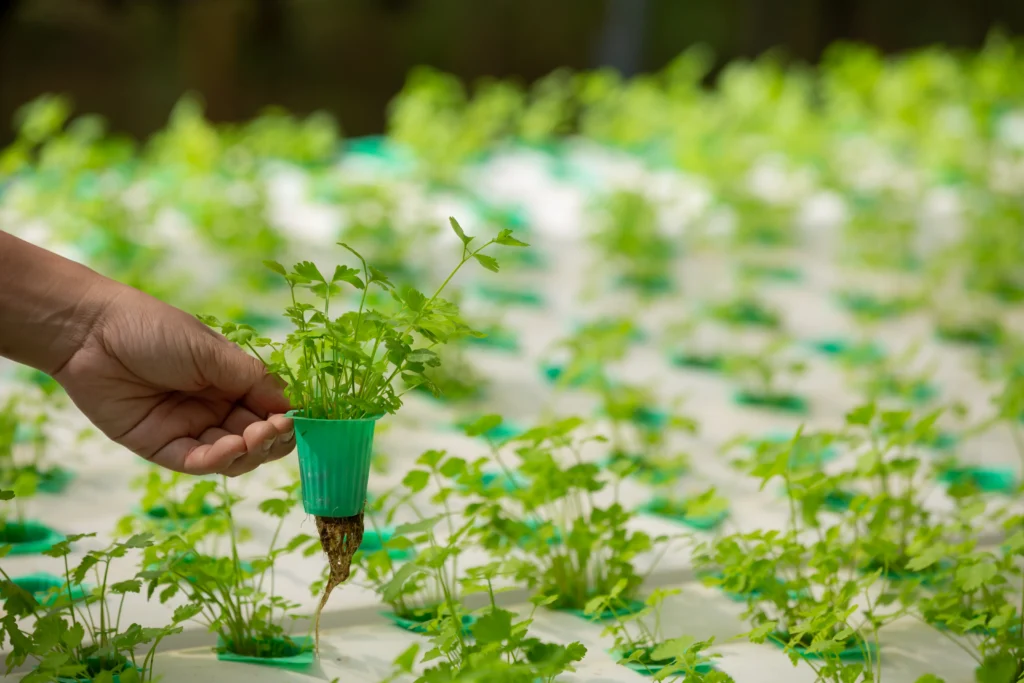
This is the most advanced style of terrace farming. Instead of using soil, plants grow in nutrient-rich water solutions. Their roots directly absorb the minerals they need. which results in faster growth and healthier crops. Hydroponics is particularly useful in cities where water & space are limited, as it consumes much less water than traditional farming & you can grow more plants in a smaller area.
Popular crops include lettuce, basil, spinach, and kale, which grow faster and yield more in hydroponic setups. Simple home systems can be built using PVC pipes, water pumps, and trays. Hydroponics reduces water usage by up to 90% compared to traditional soil-based gardening and minimizes the risk of soil-borne pests. For beginners, small vertical or NFT (Nutrient Film Technique) setups are recommended. With the right lighting and nutrients, hydroponics can turn any urban terrace into a thriving green space.
2. Vertical Farming:
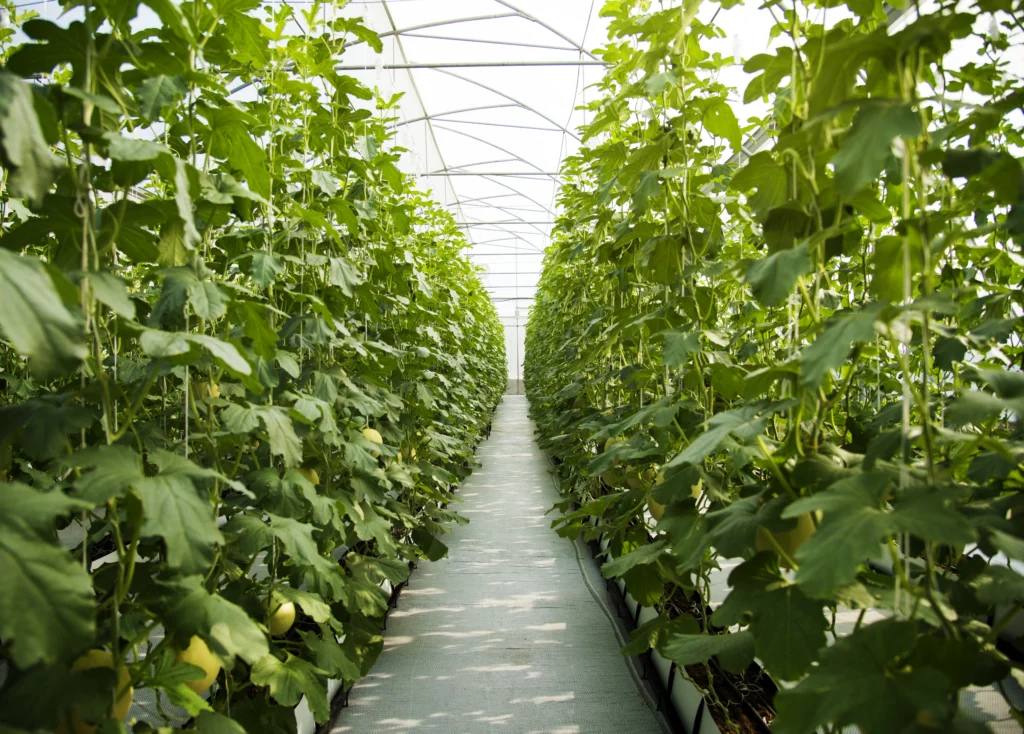
Growing food in limited space, vertical gardening is a perfect choice for urban terraces & balconies. Vertical systems use walls, shelves, or tower-like structures to grow plants upward instead of outward, saving floor space while enhancing visual appeal. Urban gardeners can grow a wide variety of crops, including basil, spinach, cherry tomatoes, strawberries, and even flowering plants. Installing a simple drip irrigation system ensures low-maintenance growth and water efficiency. A DIY vertical garden using recycled bottles or PVC pipes can cost as little as $10–15. Common mistakes to avoid include overwatering, insufficient sunlight, and weak support structures, so always secure your planters and select plants suitable for your terrace’s sunlight conditions.
3. Aquaponic Farming:
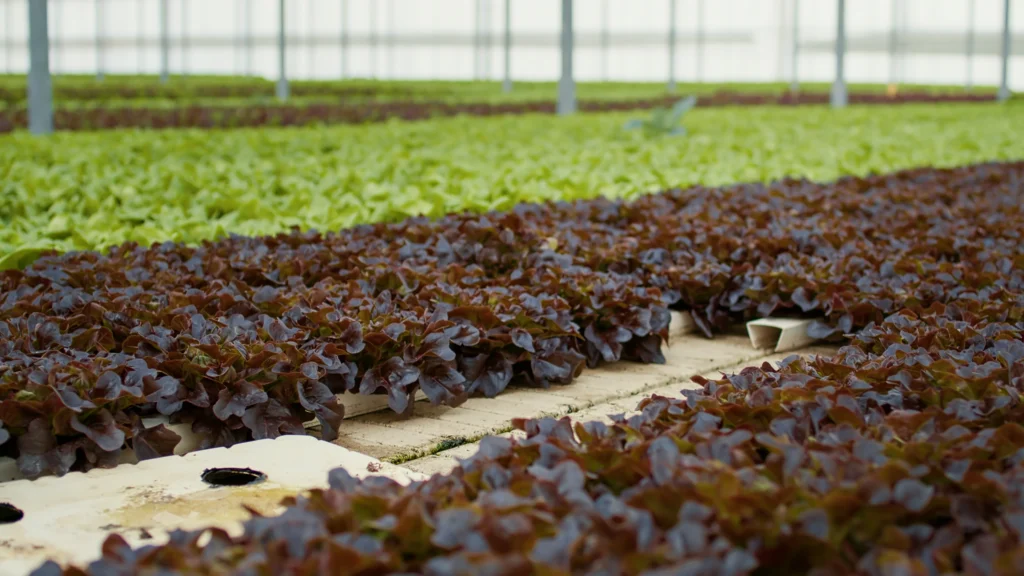
This farming method brings together fish farming & hydroponics into a single sustainable system. Fish are kept in tanks, & their waste provides nutrients for the plants. In return, the plants help recycle & clean the water for the fish. This closed-loop method provides fish & vegetables for the household while creating a natural balance and lowering the need for chemical fertilizers. Although it requires some investment and proper setup, aquaponics is gaining popularity among urban gardeners who want an independent farm on their terrace.
4. Container and Modular for Small Terrace:
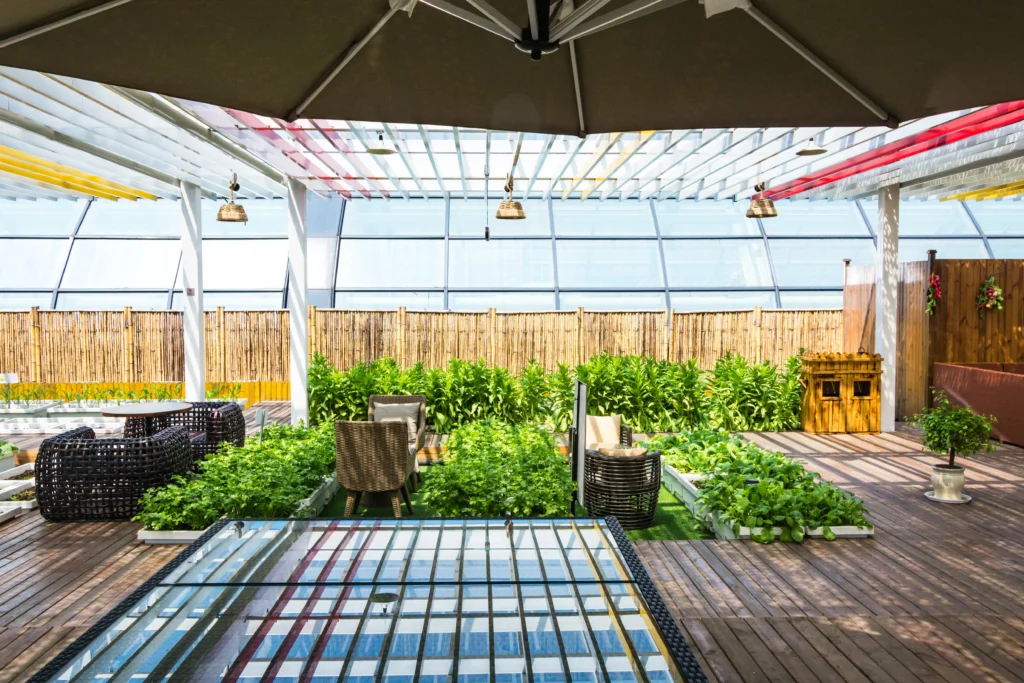
Container gardening is an excellent choice for urban terraces, balconies, and patios where ground space is limited. You can use different types of containers for gardening.
Types of containers:
1. Clay pots
2. Grow bags
3. Recycled bucket
4. Vegetables
5. Herbs
6. Flowers
Popular plants include tomatoes, peppers, basil, and marigolds. Give each container proper drainage to prevent waterlogging and root rot. Use a mix of 1 part compost, 1 part cocopeat, and 1 part garden soil. Small to medium setups can cost between $20 to $50, depending on container type and plant selection. Monthly maintenance includes regular watering, fertilization, and pruning. Monthly maintenance includes regular watering, fertilization, and pruning. You can easily start with container gardening and move your plants around to get the right sunlight. It makes your terrace both productive and beautiful.
5. Greenhouse Farming:

Greenhouse farming is a new style that allows year-round farming. A small greenhouse set up on the rooftop shields plants from rough weather conditions such as extreme heat, heavy rainfall, or frost. It also reduces the risk of pest attacks & diseases, which facilitates the maintenance of seasonal or sensitive crops. By creating a controlled environment. A greenhouse maximizes production & guarantees an ongoing supply of fresh vegetables. Greenhouse farming is a reliable option for urban gardeners looking for consistent results.
6. Bench Farming on Rooftops:

People originally used bench farming on hilly slopes, which is why it’s also called bench slopes, but it is now being used for rooftops. In this method, the terrace is divided into flat steps or benches & each level is used for planting. This design gives farming an organized look & slows down water flow, stops soil erosion. On rooftops and benches, style arrangements create a structured & layered appearance that allows gardeners to separate different types of crops. Gardeners often grow lettuce, spinach, cherry tomatoes, and carrots in these setups. Many prefer building benches with wood, bricks, or recycled materials to keep the structure strong and sustainable.
If we talk about cost, the price usually ranges from $50 to $100, depending on the size. Monthly care includes watering, fertilizing, pruning, and checking for pests. Bench farming also protects plants from rooftop heat and allows flexible sunlight exposure, turning small terraces into productive and organized green spaces. It is a practical way to manage space while maintaining a neat and productive terrace garden.
7. Smart Terrace Farming with IoT:
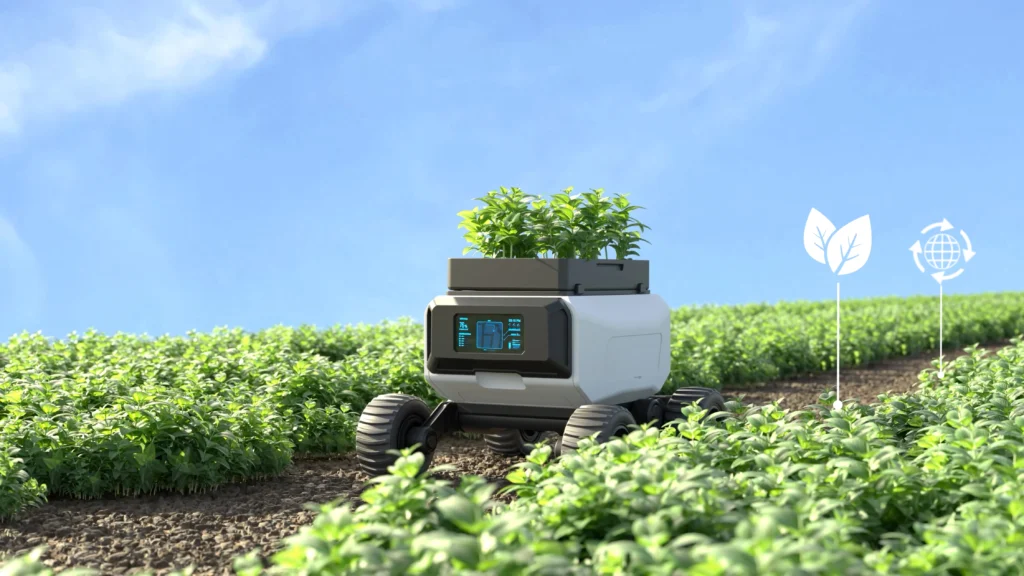
IoT technology is helping urban gardeners take better care of their terrace farms more easily and efficiently. Sensors track soil moisture, temperature, and sunlight, then send real-time updates straight to your phone or tablet. With this data, you can water, fertilize, or adjust lighting exactly when your plants need it. You’ll boost plant growth, save water, and spend less time on manual work. Urban gardeners are now using smart tools like drip irrigation controllers, soil nutrient sensors, and automated fans or LED grow lights to simplify plant care. While setting up a system can cost anywhere from $100 to $300, depending on how advanced it is, the higher yields and time saved make it a smart investment. IoT turns even small terraces into high-tech green spaces, giving your plants better care with less effort.
Tips for Urban Gardeners:
When choosing these 7 new styles of terrace farming, it is important to consider space, budget & lifestyle. Beginners can find it easier to start with containers or vertical farming, while advanced gardeners can explore hydroponics or aquaponics. Bench terrace farming may appeal to people who like orderly arrangements, while greenhouse arrangements can protect plants in areas with severe weather. Smart systems can handle most of the work for busy individuals.
Traditional soil-filled pots are no longer the only containers used for terrace farming. With so many new methods available, urban gardeners can grow food more efficiently & creatively than ever before. These 7 new styles of terrace farming for urban gardeners—hydroponic, vertical, aquaponic, container, greenhouse, bench & smart farming—offer something for everyone, no matter if you are a beginner or an experienced grower.
FAQs
Q1: Which vegetables grow best on a terrace garden?
A1: Urban terrace gardens grow with tomatoes, spinach, coriander, fenugreek, chili peppers, lettuce & strawberries. These plants grow efficiently in limited space and provide fresh produce right from your terrace.
Q2: What is the best soil mix for terrace farming?
A2: Mix 1 part compost, 1 part cocopeat, and 1 part garden soil. This blend helps the soil hold moisture, gives plants the nutrients they need, and supports healthy growth in your terrace garden.
Q3: How can I easily set up a vertical garden on my terrace?
A3: You can easily create a vertical garden using a modular wall planter, hanging pockets, recycled bottles, or a pallet garden.
Q4: What are the techniques of vertical gardening?
A4: Vertical gardening techniques like wall-mounted planters, tower gardens, hanging baskets, hydroponic vertical systems, and trellises for climbing plants. These methods save space, improve plant health, and make terraces more productive and visually beautiful.
By choosing these new styles of terrace farming, rooftops can be changed into successful farms that not only provide fresh food but also make city life better & greener. Terrace farming is more than just a hobby; it is a step toward sustainability and a greener future.
Read more related articles > https://www.climatechallange.com/hydroponic-vs-terrace-farming-in-2025/